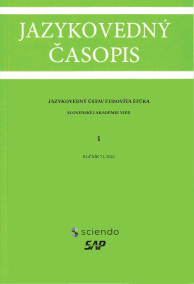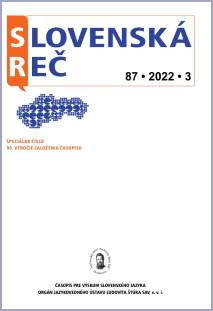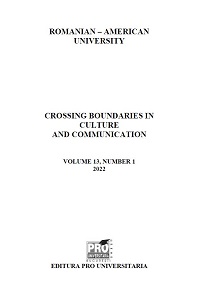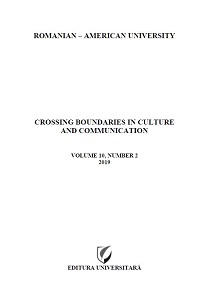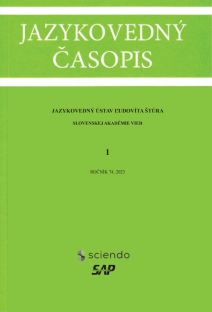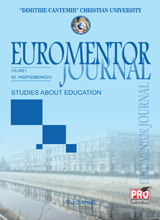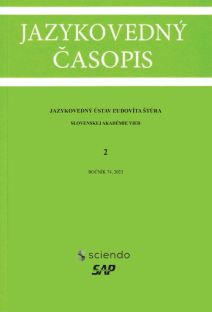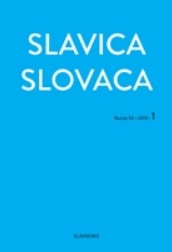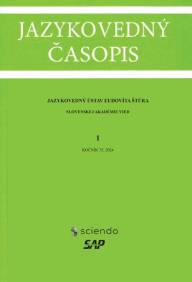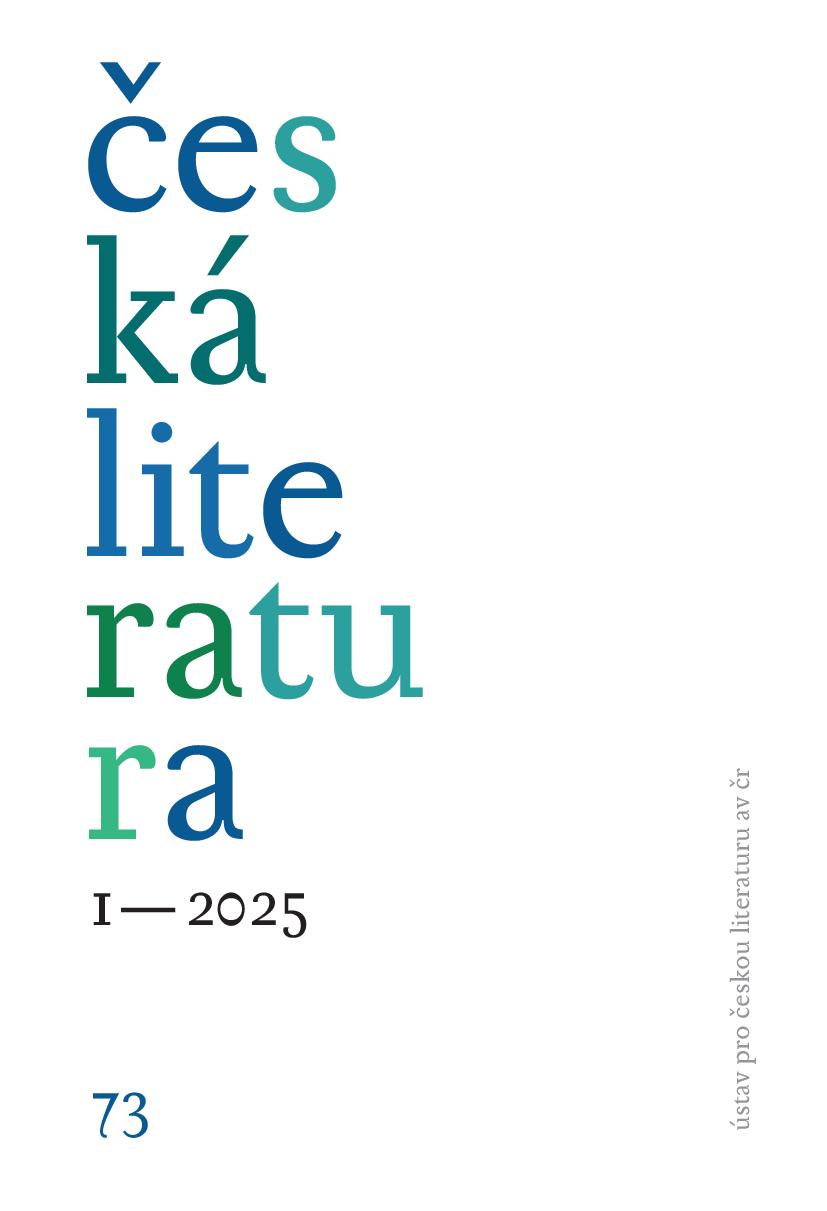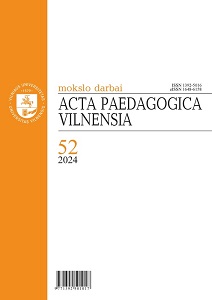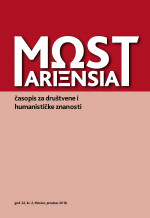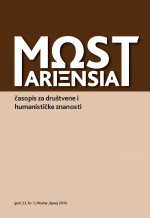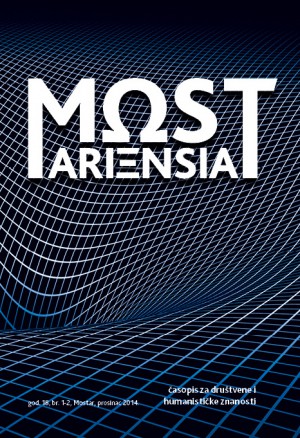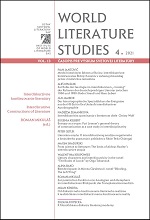
Zur poietischen Funktion von Analogien und Metaphern im interdiskursiven Blickpunkt der Transplantationsmedizin
The subject of the analysis is the novel Leben (Life, 2013) by the German author David Wagner. In fact, although designed as a novel, the book is more precisely an autopathography, which presents a personal and authentically reflective look at the experience of one’ s ownillness and describes the medical intervention, the surgical transplantation of a new liver. The medical specialist discourse plays an essential role in this context. Medical knowledge and personal reflections overlap like those areas of meaning from which analogies often emergeand in which metaphors have their origin. In the following, it is a matter of uncovering those areas that are combined to create analogies in order to describe their communicative functionon the basis of their possible implementation in the form of metaphors (also known as between-domain analogies). Particular consideration is given to the role of the medical specialist discourse and the question of how it shapes the analogization and metaphorization of one’ sown experience of illness and the experience of organ transplantation. In doing so, we rely largely on the analytical model based on the theory of figurative language by Hans Georg Coenen.
More...
